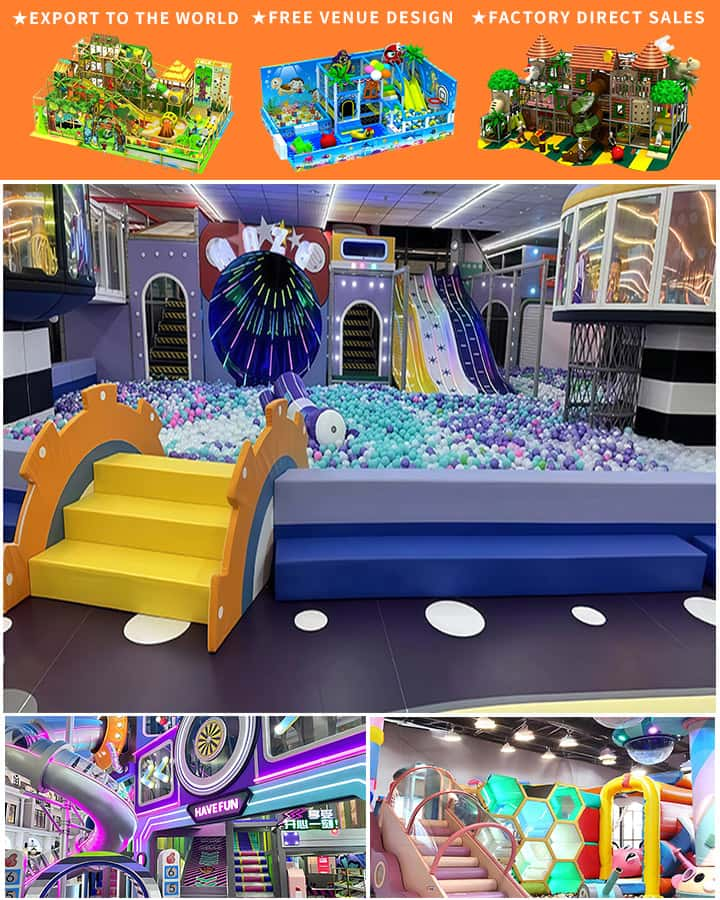Creating an indoor play area for children can be both a fun and rewarding experience. With a bit of creativity and planning, you can design a space that not only entertains but also fosters development and learning. Whether you’re dealing with limited space or looking for ideas to revamp your existing area, this guide will help you craft the perfect indoor playground for your kids.
Why an Indoor Play Area?
Having a dedicated indoor play area offers numerous benefits. It provides children with a safe environment where they can explore, learn, and develop essential skills without constant exposure to the elements. Additionally, an organized play space can encourage creativity, improve focus, and offer a much-needed break from screen time.
Planning Your Indoor Play Area
Assess Your Space
Before diving into the fun part, start by assessing the area where you intend to set up the play zone. This could range from a corner in a living room to a full-blown basement conversion. Take note of dimensions, lighting, and safety aspects such as electrical outlets and potential hazards.
Choose the Right Furniture
The key to any great play area is versatile furniture that can adapt as children grow. Consider modular seating arrangements that can easily be reconfigured to suit different activities, from reading nooks to mini theaters. Look for durable materials that can withstand wear and tear while being easy to clean.

Add Educational Elements
Incorporating educational elements can turn playtime into a learning adventure. Think chalkboard walls for drawing lessons, alphabet mats for early literacy, and interactive whiteboards for problem-solving activities. Bookshelves stocked with age-appropriate books can foster a love for reading.
Safety First
Safety should always be a top priority. Ensure that all furniture is securely anchored to the wall to prevent tipping, cover sharp edges with padding, and use non-toxic paints and materials. Install soft flooring options like foam mats or rubber tiles to cushion falls.
Creative Ideas for Different Budgets
Budget-Friendly Options
You don’t need to spend a fortune to create an engaging indoor play area. Repurpose old crates for building blocks, transform cardboard boxes into playhouses, and use fabric to create DIY tents. Simple items like scarves can become capes for imaginative adventures.
Mid-Range Projects
If you have a bit more to spend, consider investing in multifunctional furniture like play tables that convert into art stations or storage units that double as slides. Puzzle boards, magnetic tiles, and sensory bins can enrich the play experience without breaking the bank.
Luxurious Additions
For those willing to splurge, think about high-end items such as indoor climbing walls, ball pits, or even a miniature indoor garden for nature exploration. High-quality play kitchens and elaborate dollhouses can provide hours of immersive play.
Making it Personal
Personal touches can make the indoor play area truly special. Involve your children in the decorating process by letting them choose colors, themes, and decorative elements like decals or posters. Customizing the space according to their interests ensures that it remains a place they’ll cherish.
Maintenance and Upkeep
Keeping the indoor play area tidy and functional requires some effort but is well worth it. Implement a regular cleaning schedule to manage clutter and dust. Store toys in labeled bins or baskets to encourage easy cleanup. Periodically review and rotate toys to keep the space feeling fresh and exciting.
Conclusion
An indoor play area is more than just a place for kids to have fun; it’s a sanctuary for imagination, learning, and growth. By thoughtfully planning and personalizing the space, you create an environment that nurtures your child’s development while providing endless opportunities for joyful exploration. So roll up your sleeves, get creative, and watch as your home transforms into the ultimate indoor playground!




